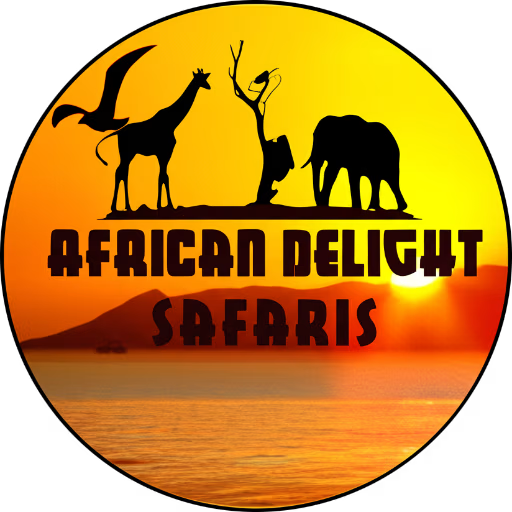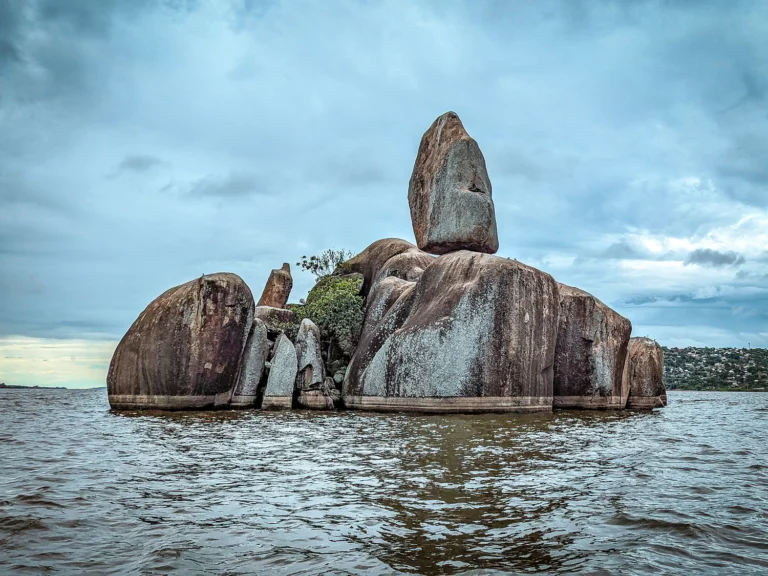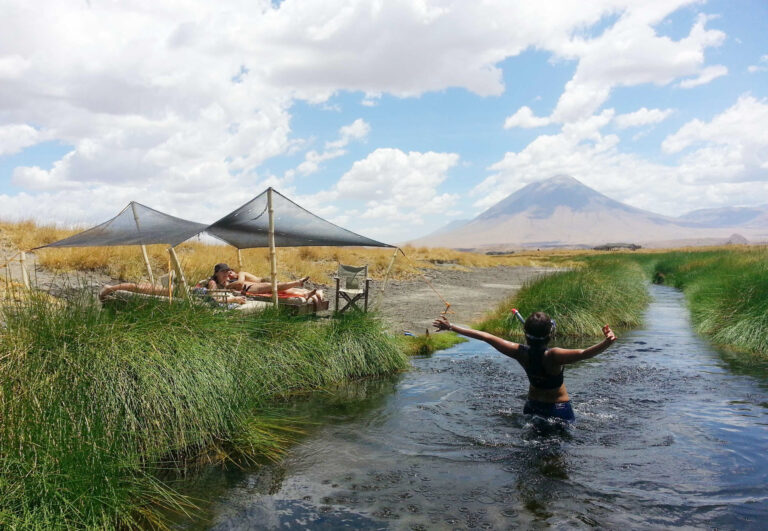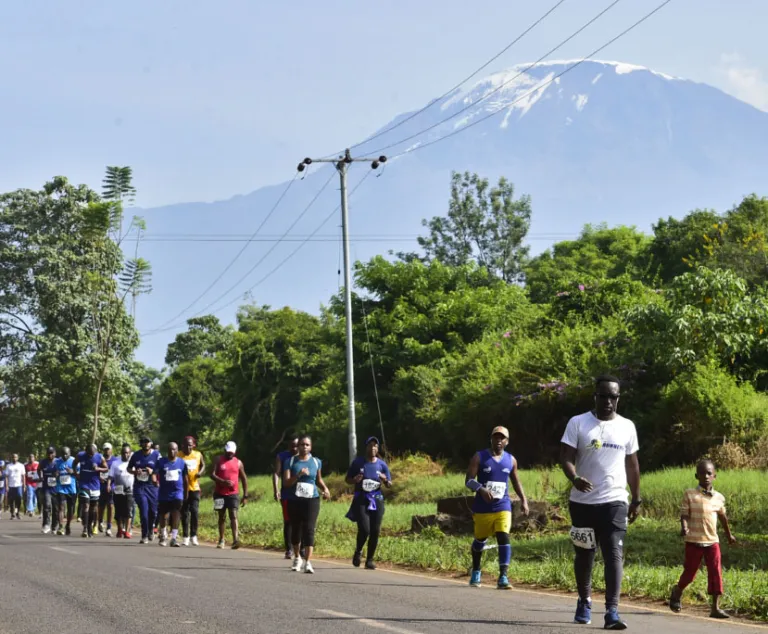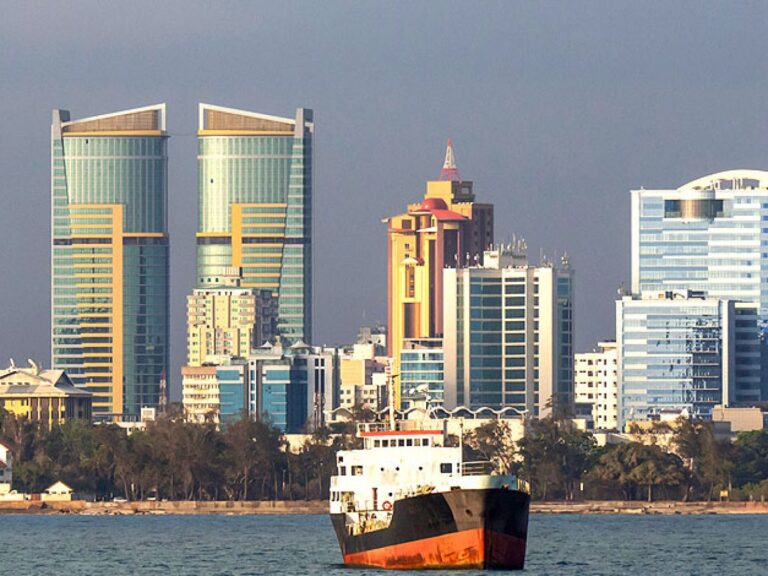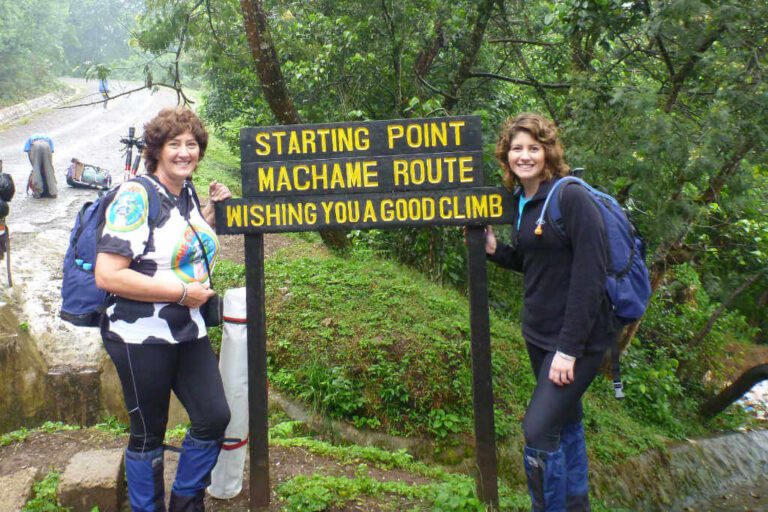Planning a solo safari in Tanzania is an exhilarating adventure filled with breathtaking landscapes, diverse wildlife, and rich cultural experiences. For those venturing alone, it’s essential to be well-prepared and informed. This guide offers everything you need to know to make your Tanzanian safari unforgettable.
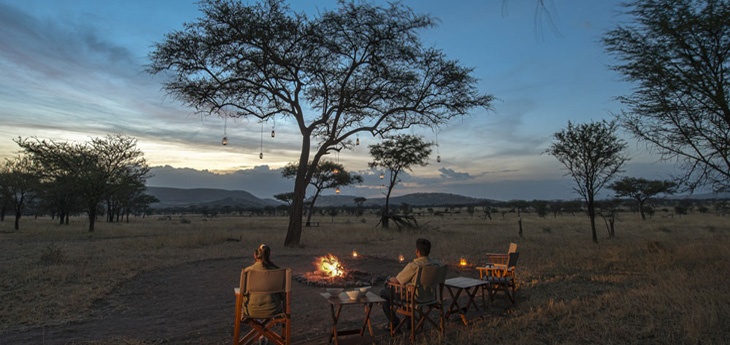
Essential Packing Tips for Solo Safaris
When packing for your solo safari, consider the essentials that will enhance your experience and ensure comfort. Lightweight, breathable clothing in neutral colors is ideal for blending into the environment while keeping you cool under the African sun. Long-sleeved shirts and trousers are also recommended for sun protection and to guard against insect bites during evening outings. Sturdy hiking boots are crucial for navigating rugged terrains, while comfortable sandals can be useful for relaxing at your accommodation. Don’t forget binoculars for wildlife viewing, a camera with extra batteries to capture unforgettable moments, and a travel journal to document your experiences. Additionally, pack a basic first-aid kit, insect repellent, sunscreen, and any necessary medications. Lastly, keep your passport, travel insurance details, and safari itinerary handy to ensure smooth travels.
Things to Consider While Choosing Your Safari Location
1. Wildlife Diversity
Tanzania is renowned for its incredible wildlife diversity, making it a premier destination for safari enthusiasts. The country is home to the Big Five—lions, leopards, elephants, buffaloes, and rhinoceroses—along with countless other species of mammals, birds, and reptiles. National parks like the Serengeti and Ngorongoro Crater are prime locations for spotting these magnificent creatures amidst stunning landscapes. The Great Migration, one of nature’s most spectacular events, occurs annually in the Serengeti when millions of wildebeest and zebras traverse the plains in search of fresh grazing grounds. Understanding the wildlife diversity in each region will help you choose a location that aligns with your interests—whether you want to see large predators in action or observe unique bird species.
2. Accessibility
Accessibility is a crucial factor when planning your safari adventure in Tanzania. Most major parks are reachable via well-maintained roads or internal flights from Dar es Salaam or Arusha. However, some remote areas may require more planning and might involve longer travel times. Consider the proximity of your chosen park to your starting point and the types of transport available when selecting your safari location. Additionally, some parks may have seasonal road conditions that affect accessibility during the rainy season. Researching transportation options ahead of time will ensure a smoother journey and allow you to maximize your time spent exploring Tanzania’s natural wonders.
3. Accommodation Options
Tanzania offers a wide range of accommodation options that cater to different budgets and preferences. From luxury lodges with all the amenities to budget-friendly campsites that provide a more rustic experience, there’s something for every traveler. Solo adventurers might prefer tented camps that offer an immersive experience in nature while still providing comfort and safety. Many lodges also offer guided tours and activities that can enhance your safari experience. When selecting accommodation, consider factors such as location within the park, available amenities (like Wi-Fi or dining options), and guest reviews to find the best fit for your needs.
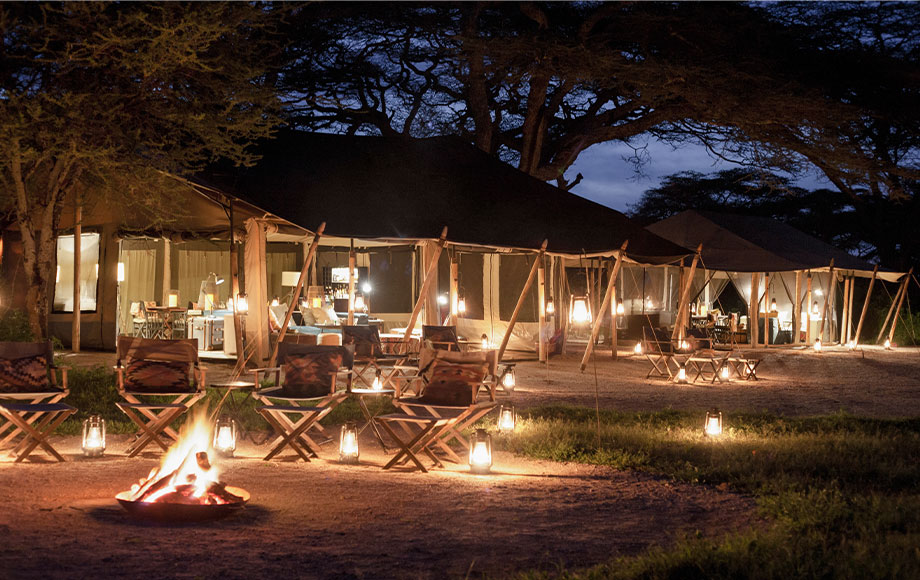
How to Plan Your Solo Safari
1. Understand What Tanzania Has to Offer
Tanzania is not just about safaris; it’s also home to stunning beaches along the Indian Ocean, vibrant cultures in local villages, and historical sites like Stone Town in Zanzibar. The combination of wildlife adventures with opportunities to explore local traditions makes it a unique destination worth exploring beyond just game drives. Engaging with local communities can provide deeper insights into Tanzanian culture and enhance your overall experience. Consider incorporating visits to cultural heritage sites or participating in community-based tourism initiatives into your itinerary for a well-rounded adventure.
2. Budget for Your Solo Safari
Establishing a budget is crucial when planning your solo safari in Tanzania. Costs can vary significantly based on accommodation type, park entry fees, guided tours, and transportation methods. It’s advisable to allocate funds for unexpected expenses while ensuring you can enjoy all planned activities without financial stress. Research average costs for accommodations and tours in advance so you can create a realistic budget that allows for flexibility during your trip. Additionally, consider purchasing travel insurance that covers cancellations or medical emergencies—this adds peace of mind as you embark on your adventure.
3. Choose a Season
The best time for a safari in Tanzania is during the dry season (June to October) when animals congregate around water sources, making them easier to spot. This period also coincides with the Great Migration in the Serengeti—a spectacular sight not to be missed! However, the wet season (November to May) offers its own unique advantages; lush landscapes bloom with vibrant colors, migratory birds flock to the region, and fewer tourists mean more solitude during wildlife encounters. Understanding seasonal patterns will help you choose the best time for your visit based on what you hope to see and experience.
4. Pick from the Safari Activities Available
Tanzania is one of the best safari destinations in Africa, offering a wide range of activities for nature lovers and adventure seekers. Whether you’re a first-time visitor or a seasoned traveler, here are five exciting safari activities that will make your Tanzanian adventure unforgettable:
(a). Classic Game Drives
The most iconic safari activity, game drives offer a chance to explore Tanzania’s stunning landscapes and encounter its incredible wildlife. Led by expert guides in open-top vehicles, you’ll have the opportunity to spot lions, elephants, giraffes, and more in their natural habitats.
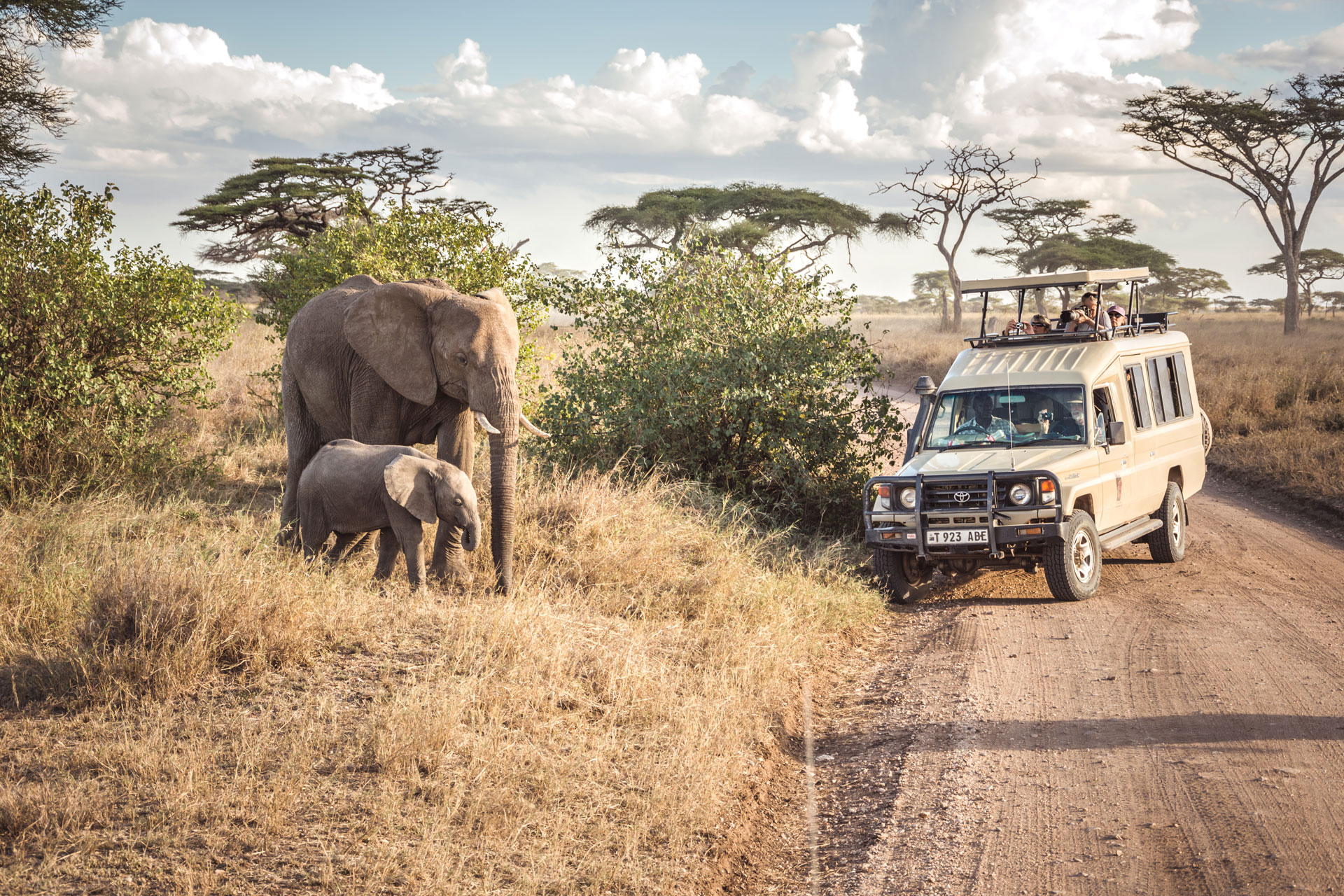
Game drives are perfect for visitors who want to experience the diversity of Tanzania’s wildlife up close.
Where to Go: Serengeti National Park, Ngorongoro Crater, Tarangire National Park, and Ruaha National Park.
(b). Walking Safaris
For a more immersive experience, consider a walking safari. Accompanied by experienced guides and rangers, walking safaris allow you to get up close to nature while learning about animal tracks, local plants, and the smaller details of the ecosystem.
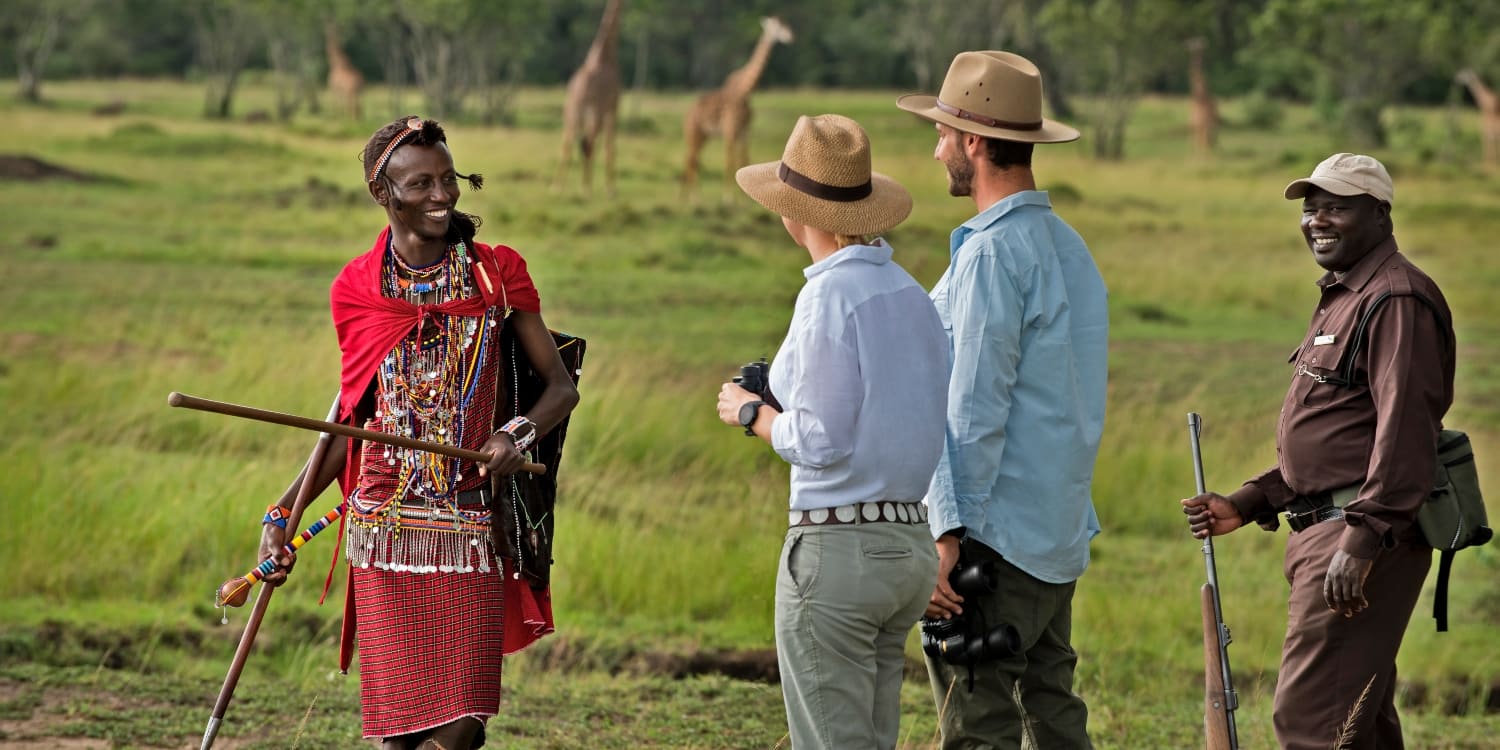
This activity gives you a deeper connection to the land and wildlife of Tanzania.
Where to Go: Selous Game Reserve, Ruaha National Park, and Serengeti (in some areas).
(c). The Great Migration
Tanzania is home to one of nature’s most incredible spectacles—the Great Migration. Witness millions of wildebeests, zebras, and gazelles moving across the Serengeti in search of fresh grazing. The migration is not only a must-see, but it also attracts predators like lions, cheetahs, and crocodiles, creating dramatic wildlife encounters.
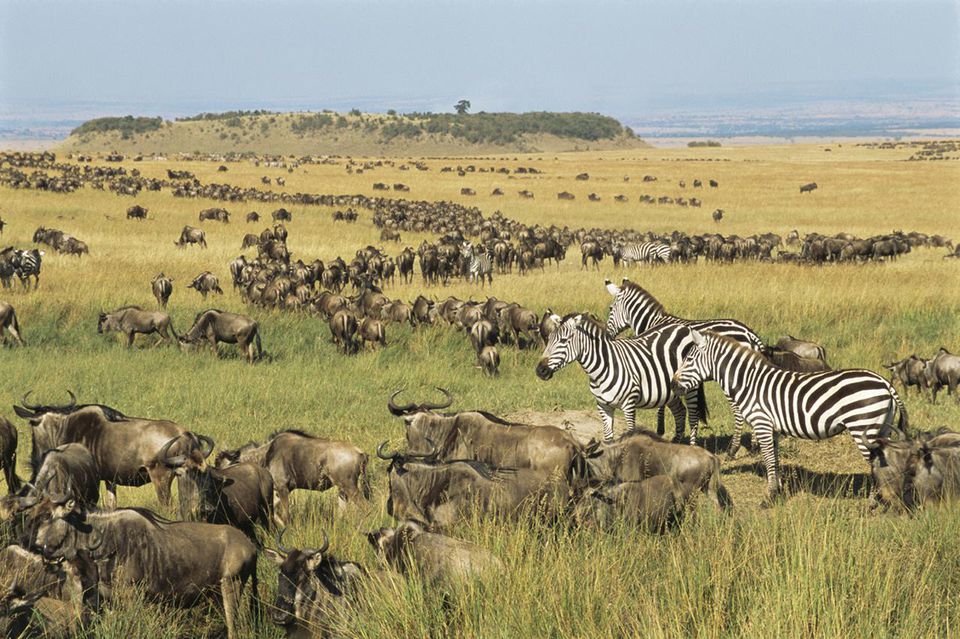
Where to Go: Serengeti National Park (best from June to October).
(d). Cultural Experiences
Explore Tanzania’s rich cultural heritage with visits to local villages and interactions with indigenous tribes, such as the Maasai and Hadzabe.
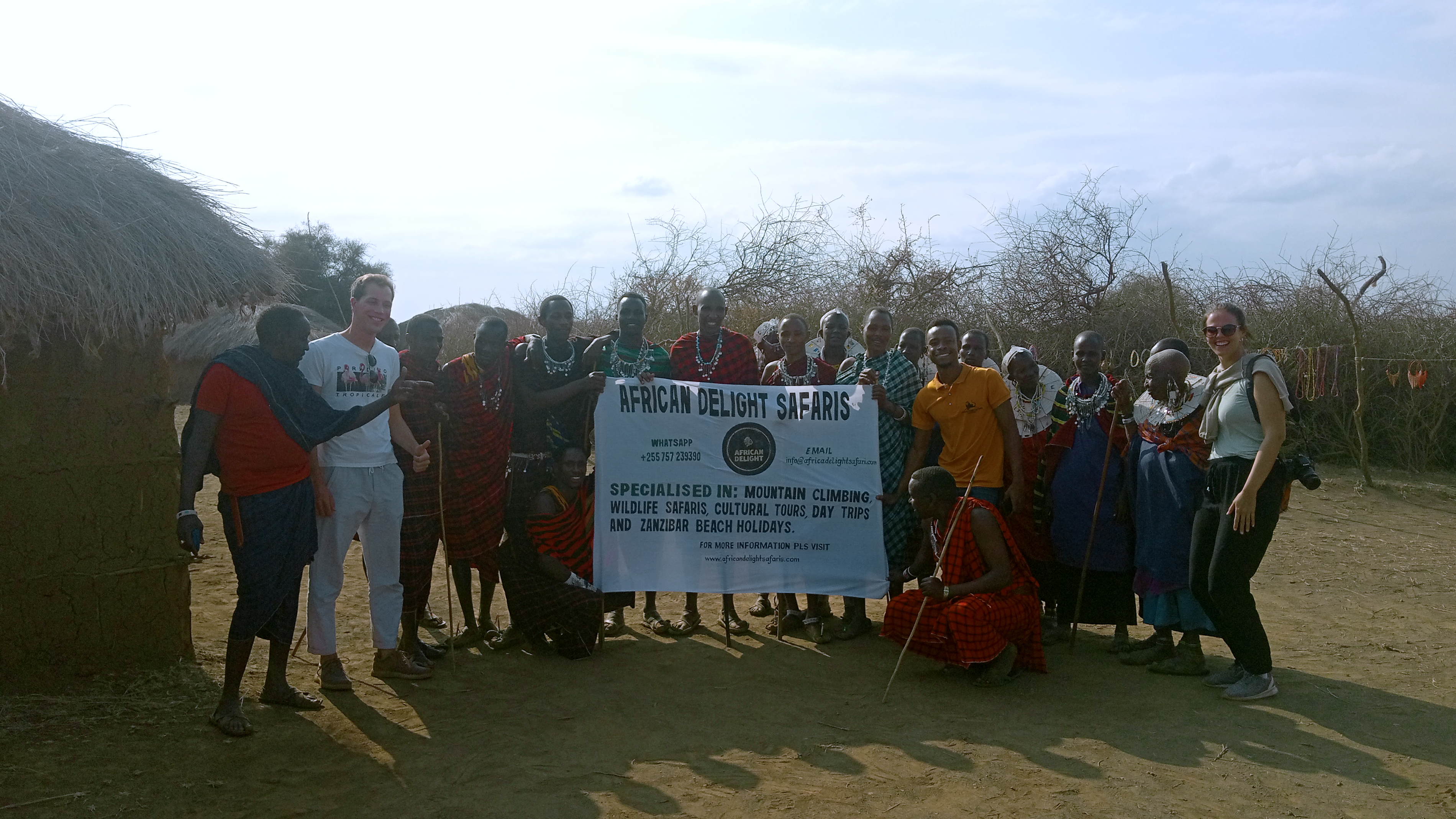
These cultural experiences offer a unique insight into the traditions and lifestyles of Tanzania’s diverse communities, making your trip even more enriching.
Where to Go: Ngorongoro Conservation Area (Maasai), Lake Eyasi (Hadzabe), and areas near Tarangire.
(e). Adventure Beyond the Safari
Tanzania offers much more than wildlife encounters. For the adventurous, a climb up Mount Kilimanjaro, Africa’s highest peak, is a once-in-a-lifetime experience. After your safari, relax on the stunning beaches of Zanzibar, where you can unwind, snorkel, and explore the island’s rich history.
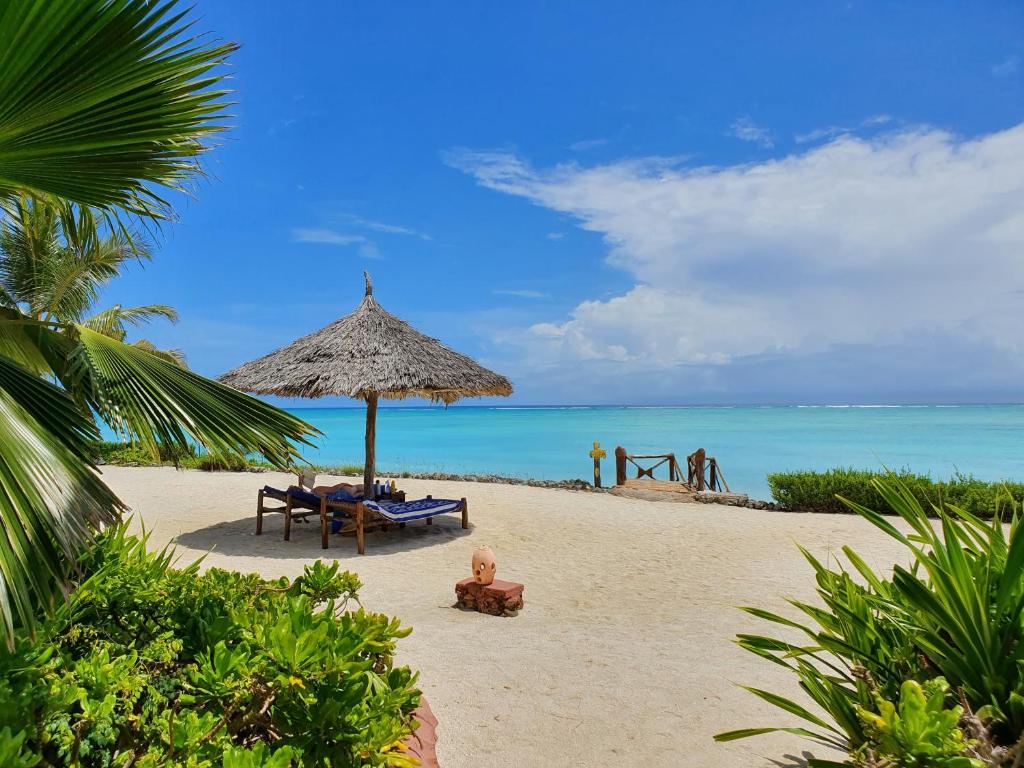
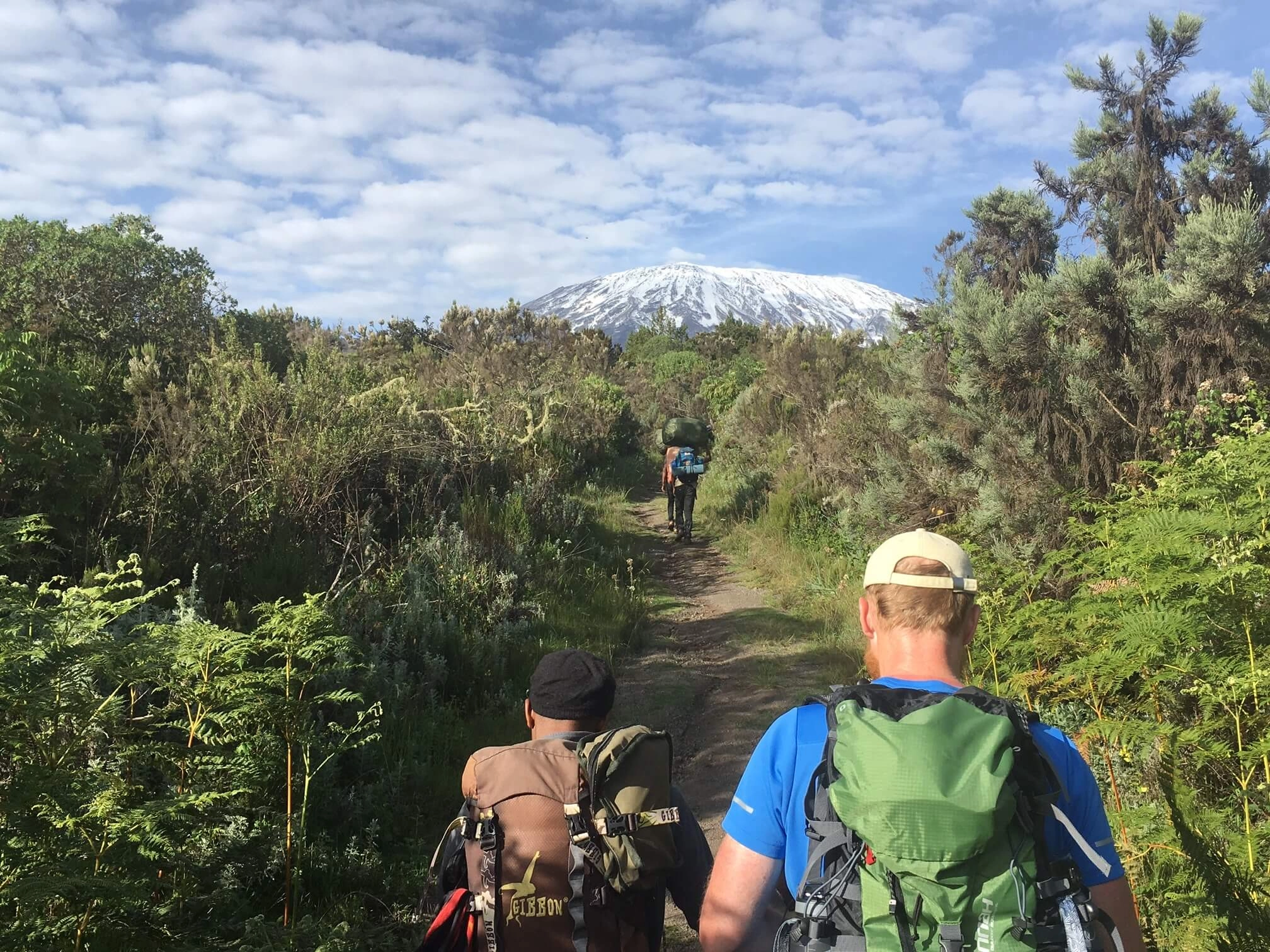
Where to Go: Mount Kilimanjaro (trekking), Zanzibar (beach relaxation).
5. Review Booking Terms and Cancellation Policies
Before finalizing any bookings for accommodations or tours, carefully review terms and cancellation policies associated with each service provider. Understanding these details will help prevent potential misunderstandings later on if plans change due to unforeseen circumstances like flight delays or health issues. Flexibility can be crucial during travel; thus knowing what options are available should adjustments be necessary will give you peace of mind as you embark on this incredible journey.
Conclusion
A safari in Tanzania promises an adventure like no other—filled with unforgettable encounters with nature and opportunities for personal reflection amidst stunning scenery. By following these guidelines and being well-prepared, travelers can fully immerse themselves in the magic that Tanzania has to offer. Whether tracking lions across the Serengeti or enjoying the tranquility of Lake Manyara’s shores at sunset, every moment will be worth it. Embrace this journey with an open heart and mind; Tanzania awaits!
